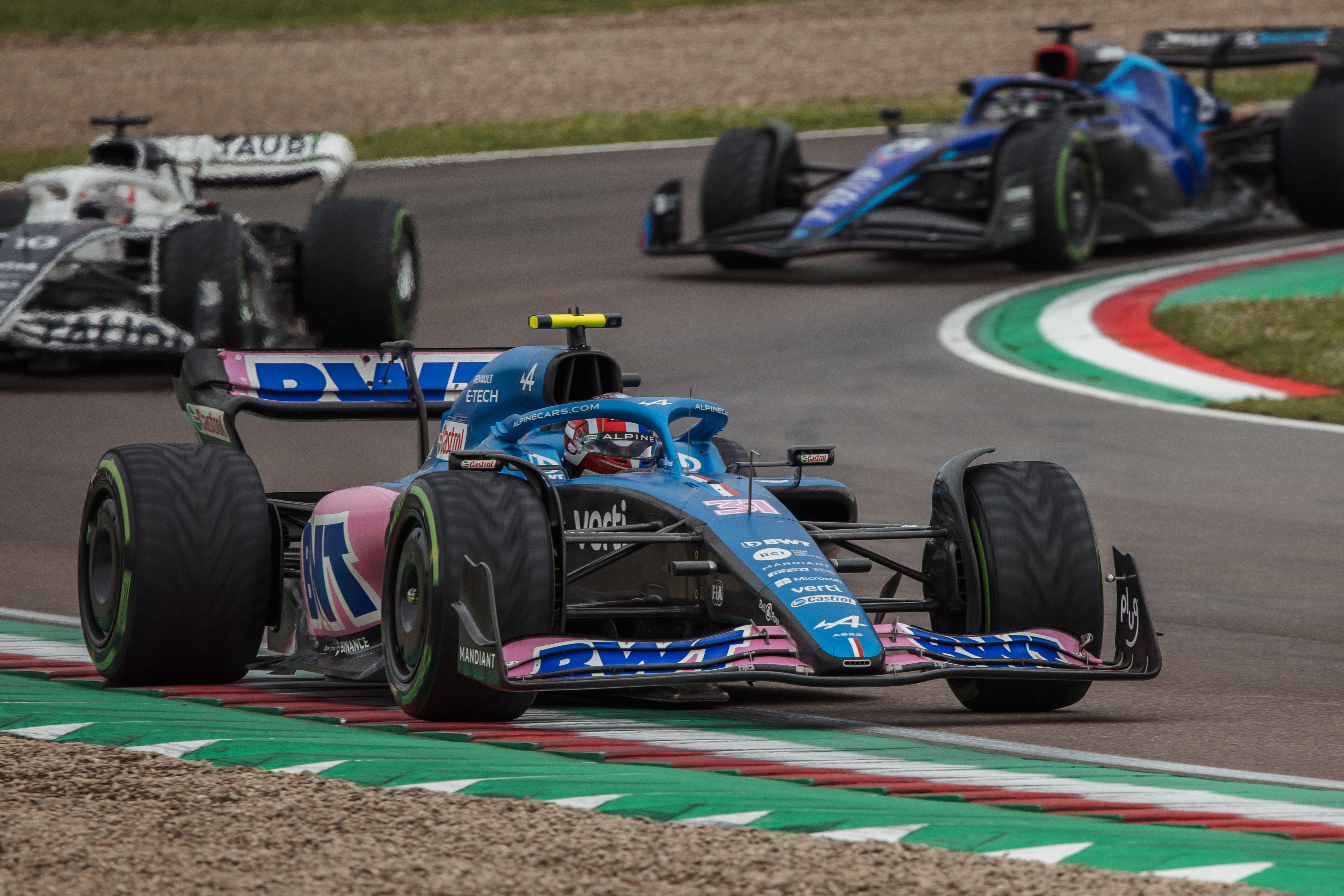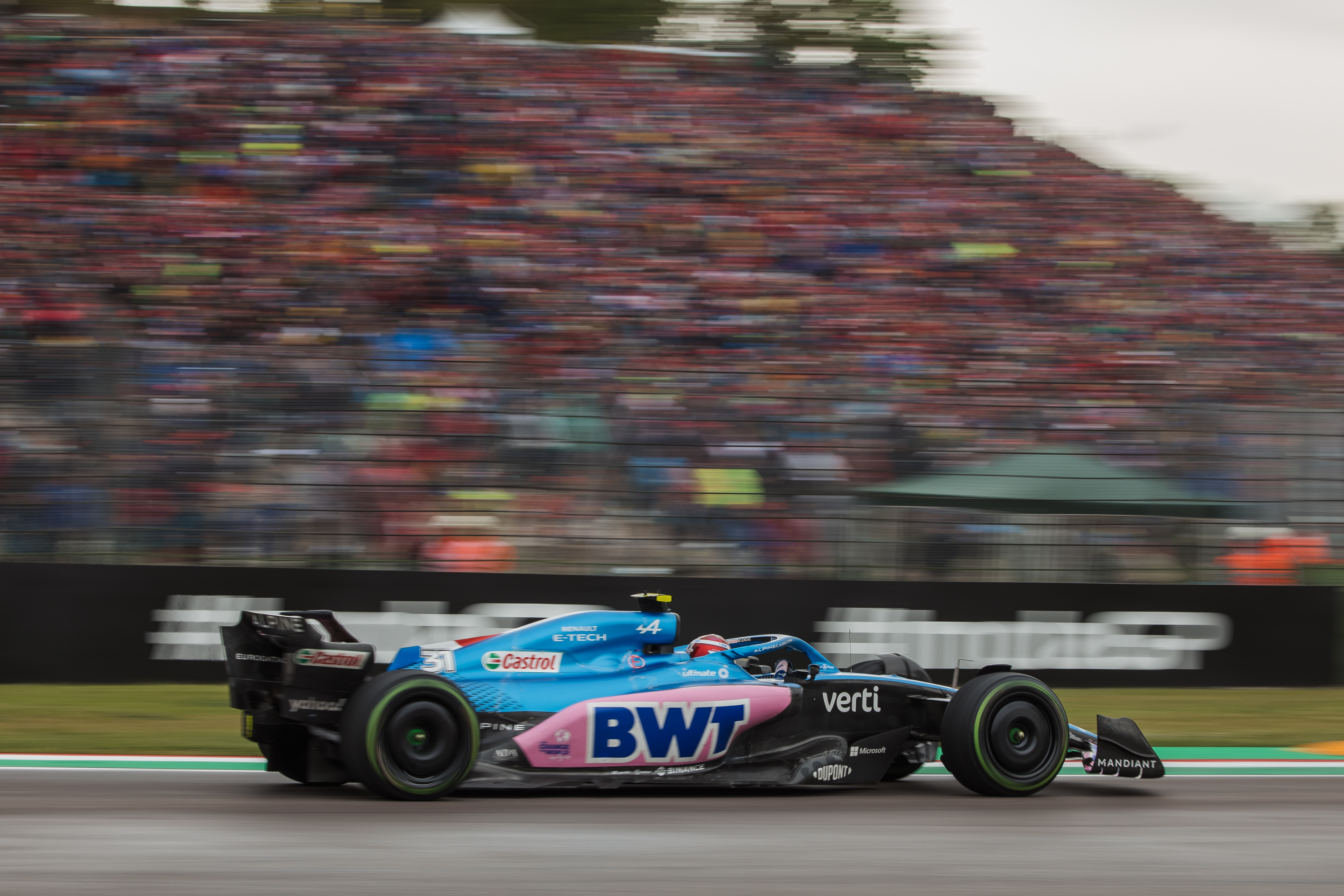Up Next

Alpine Racing executive director Bruno Famin believes remote communication practices forced by the COVID-19 pandemic helped to improve the collaboration between the chassis and engine sides of the team.
Improved integration of the chassis side of the team, based at Enstone in the United Kingdom, and the Renault Sport engine facility at Viry-Chatillon in France was one of Alpine CEO Laurent Rossi’s objectives for the outfit.
Rossi said earlier this year that the opportunity for greater integration of the chassis and engine “puts us potentially at an advantage”.
Famin, who has oversight of the Renault Sport F1 engine programme at Viry as part of his role, believes the relative improvement of its power unit performance is “proof of concept” in terms of how effective the attempts for greater integration have been.
“Maybe COVID helped us on that way,” said Famin when asked by The Race how the collaboration was improved.
“COVID made everybody, everywhere, [adopt] a new way of working together.
“If you have one guy working in Viry and one guy in Enstone, it’s more or less the same having one guy in Viry and having one guy working from his house 20km from Viry.

“It’s a new collaborative way. Of course, we also have to send the right signs from senior management, and together with Otmar [Szafnauer, team principal], Pat Fry [chief technical officer], with Matt Harman [technical director], we are fully on the same line, sending the right messages to our guys.
“The fact that the 2022 engine and cars are back in the game is the proof of concept.
“The guys are understanding that that is the way to go at all levels. And on top of that, we are sending the right signals to the guys, everything is working in the right way.
“We will not fail on that one with Otmar. We know it’s the way to win and we will really push everybody on that route.”
Ahead of the season, technical director Matt Harman referred to the packaging of the power unit allowing the team “to express ourselves aerodynamically and achieve that ultimate laptime of the car”.
Among the changes made to the design was the adoption of the split turbo concept, first used in F1 by Mercedes in 2015, with Honda adopting it in 2017.
Famin talked up the benefits of taking a holistic approach to the car/engine design and how the right packaging compromises on the engine have contributed to a competitive car.
“It’s a good example of what I was saying, better packaging mainly,” said Famin of the split turbo design.
“It’s the type of choice that we made together with Enstone. Not the only one, but it’s an example of improving the packaging of the car, to have better aero, to have a lower centre of gravity and to have a better car.
“It’s the Alpine car that will make the result and score the points.”

The packaging improvements have combined with the engine performance gains, with Renault now reckoned only to be giving away in the region of 10bhp to the Ferrari power unit.
Famin attributes much of these overall gains to the improved integration and collaboration, which he hopes will continue to pay dividends in the future.
Although Alpine is still firmly an F1 midfielder, last year Rossi set out a 100-race plan to emerge as a frontrunner. That means Alpine is now working towards hitting the front during 2024.
“It’s not only power which has improved, also chassis integration to enable the aerodynamicists and the chassis guys to make a better car,” said Famin. “Our goal is to do the best car, not only the best engine.
“It’s our role in Viry to do the best car together with Enstone and we’re really on that line to keep improving the way of working between Enstone and Viry, to work as one team.
“We are working on a daily basis with Enstone, and we’re sending the right signals to our guys to keep [pushing].
“I think 2022 is already a success, because we are back in the game in terms of performance.
“It’s kind of proof of concept of how to work together, how to work better together with Enstone. Then everyone will be happy to keep pushing in that way.”







